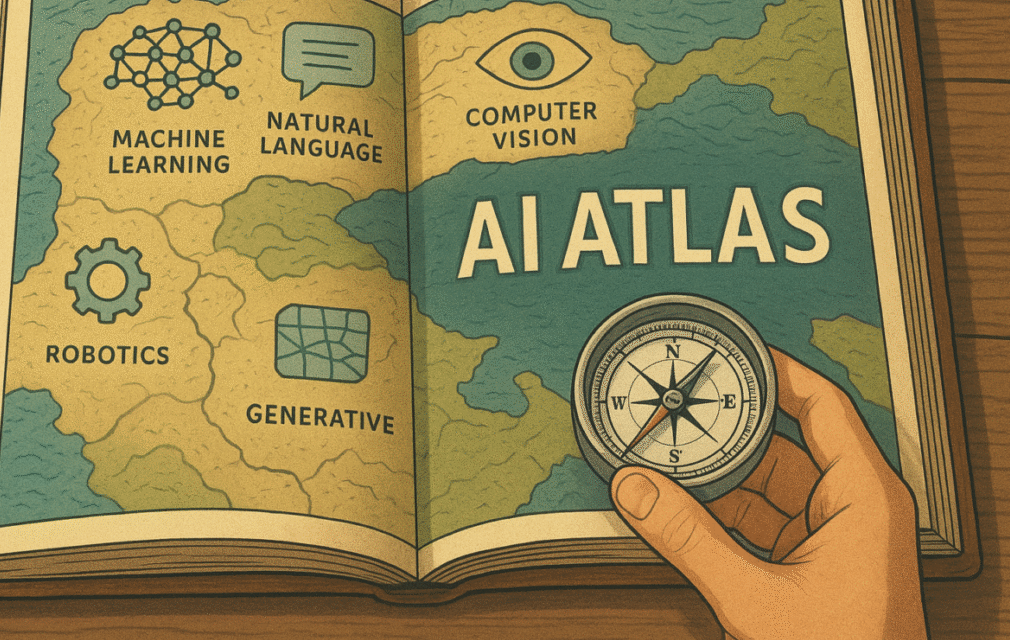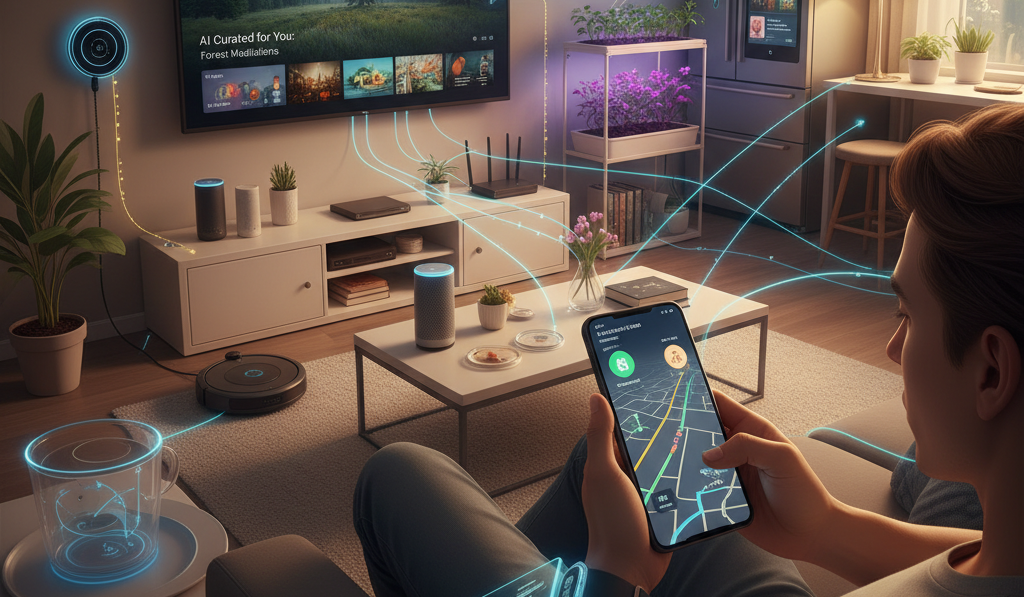You know that feeling when you paste AI-generated text into your editor and… something feels off? The grammar’s fine. The spelling? Spotless. It even sounds kind of smart. But as you read it back, your stomach drops.
Because it doesn’t sound like you.
It sounds like a robot politely reciting a Wikipedia page. Correct, yes. Engaging, no.
If you’ve been there, trust me—you’re not alone.

The Problem with AI Text
AI is amazing. It’s like having an assistant who never gets tired, never complains, and can churn out a 1,000-word draft in seconds.
But here’s the catch: AI doesn’t live life.
It doesn’t know what it feels like to bomb a presentation, to laugh so hard you can’t breathe, or to hit “publish” on a post you’re secretly terrified no one will read.
So when AI writes, it can sound… hollow. Technically correct, but emotionally flat. Readers pick up on it instantly. They might not point to the exact issue, but they’ll feel the lack of soul.
What Makes Writing Feel Human?
Let’s be honest: we don’t connect with flawless grammar. We connect with voice.
That witty aside.
That perfectly timed pop culture reference.
That short, punchy sentence that makes you lean in.
These quirks—the humor, the rhythm, the vulnerability—are what make writing feel alive. They’re the reason you remember one blog post but forget the dozen you skimmed before it.
Enter the AI Humanizer
So how do we fix this? Enter the AI Humanizer—your secret weapon for writing that sounds like a real person, not a well-trained parrot.
Think of it as the bridge between cold, robotic AI output and warm, relatable human writing. It doesn’t just polish grammar; it reshapes the flow, adds conversational phrasing, and injects emotional tone.
In short: it makes your writing breathe.
A Simple Before-and-After Example
Here’s what I mean:
Before (AI-generated):
“AI tools can generate content that is grammatically correct and useful, but they often lack emotional resonance.”
After (Humanized):
“AI can whip up a blog post in seconds—but let’s be real, most of it feels like it was written by your old college textbook. Useful? Sure. Memorable? Not so much.”
Notice the difference? The first is fine. The second? It feels like someone’s actually talking to you.
The Cake Mix Metaphor 🍰
Here’s another way to look at it.
Raw AI text is like a store-bought cake mix. All the ingredients are there—measured perfectly, ready to go. Bake it as-is, and you’ll get… cake.
But an AI Humanizer? That’s the baker who adds a pinch of salt, a splash of real vanilla, maybe a handful of chocolate chips. Suddenly, that same mix transforms into a homemade dessert people rave about.
That’s the difference between content that simply exists and content that people actually connect with.
Why This Matters More Than Ever
In today’s content-saturated world, readers don’t stick around for bland writing. They want authenticity. They want to feel like they’re hearing from a real human with a story to tell, not a faceless bot recycling the same old phrases.
Your unique voice is your brand. And if your writing doesn’t sound like you, you risk blending into the noise.
Try It for Yourself
Here’s my challenge: take your last AI-generated draft and run it through a humanizer. Then read it out loud.
Does it feel more like you?
Does it flow the way you’d actually say it in conversation?
Does it make you smile, nod, or even laugh?
If the answer’s yes, that’s the magic at work.
The Future of Real Connection
AI is here to stay, and honestly, that’s exciting. It saves time, helps us brainstorm, and gets us over writer’s block. But the real magic happens when we blend its speed with our humanity.
So don’t settle for robotic writing. Don’t let your brand sound like every other bot on the internet.
Add the heart. Add the soul. Add you.
Because at the end of the day, people don’t just want content. They want connection.
And that’s something no robot can fake.




